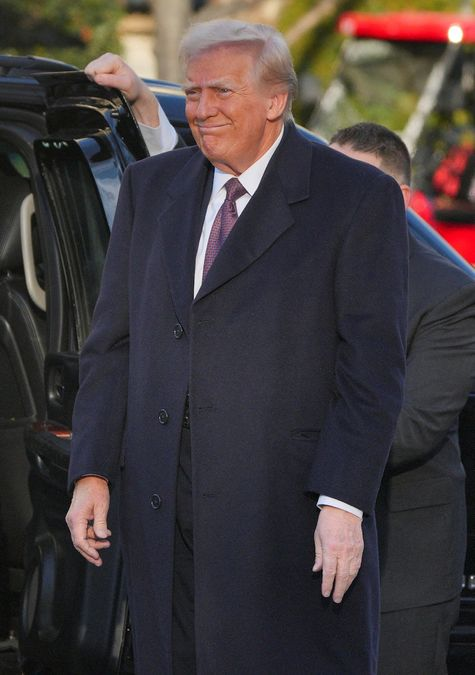In July 2015, businessman Donald Trump, with no political experience, surprised everyone by announcing his presidential run. Despite doubts, he won the Republican nomination in 2016. In the election, he defeated Hillary Clinton, which shocked the nation and marked the rise of populism in US politics.
When Trump became president on January 20, 2017, he quickly took bold steps. He reinstated the Mexico City Policy, pulled the US out of the Trans-Pacific Partnership, and introduced travel bans on several Muslim-majority countries. These actions, part of his “America First” policy, were controversial but earned him strong support from many Americans who felt ignored by the political system.
Trump faced growing legal and political challenges during his presidency. In 2018, he started a trade war with China. He was also investigated for his campaign’s possible connections to Russia. In 2019, the House of Representatives impeached him for his actions related to Ukraine, but the Senate later acquitted him.
The COVID-19 pandemic became a major issue during Trump’s final year in office. His response to the crisis was widely criticised. In the 2020 election, Trump lost to Joe Biden but continued to claim the election was “stolen,” despite no evidence. He launched several unsuccessful legal battles over the results.
Trump’s presidency ended with the January 6, 2021, Capitol riot, where his supporters tried to stop the election results from being certified. Afterwards, the House impeached Trump for a second time, charging him with “inciting insurrection,” but the Senate did not convict him.
Trump skipped Biden’s inauguration, breaking tradition. Even after leaving office, Trump has stayed a powerful political figure, facing legal challenges but still commanding significant support within the Republican Party.
Trump’s political journey is marked by his unexpected rise to power, controversial policies, legal battles, and enduring influence in American politics, reflecting deep divisions and the lasting impact of his presidency on the political landscape



